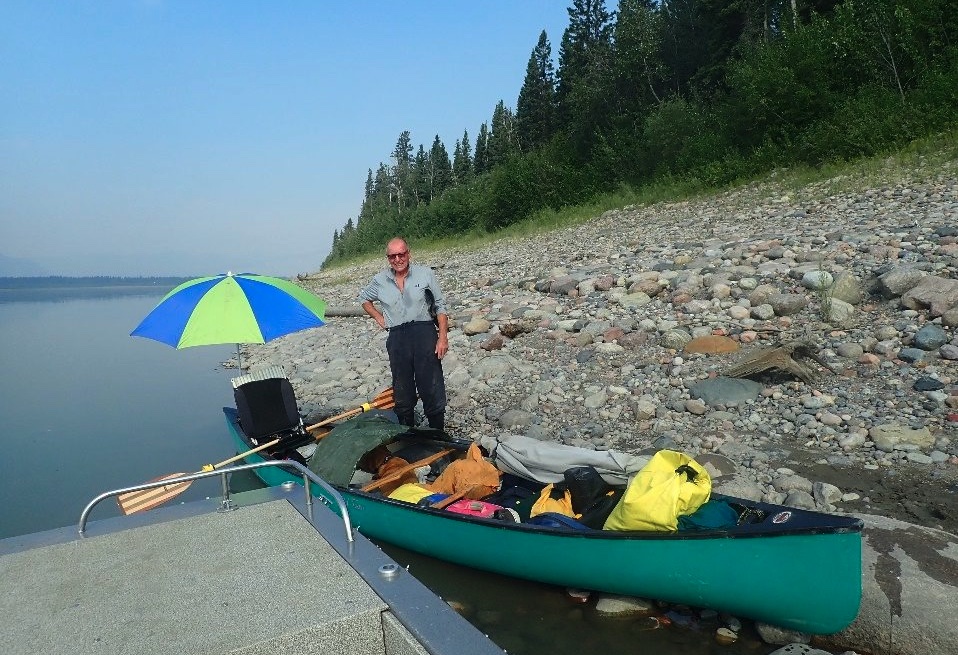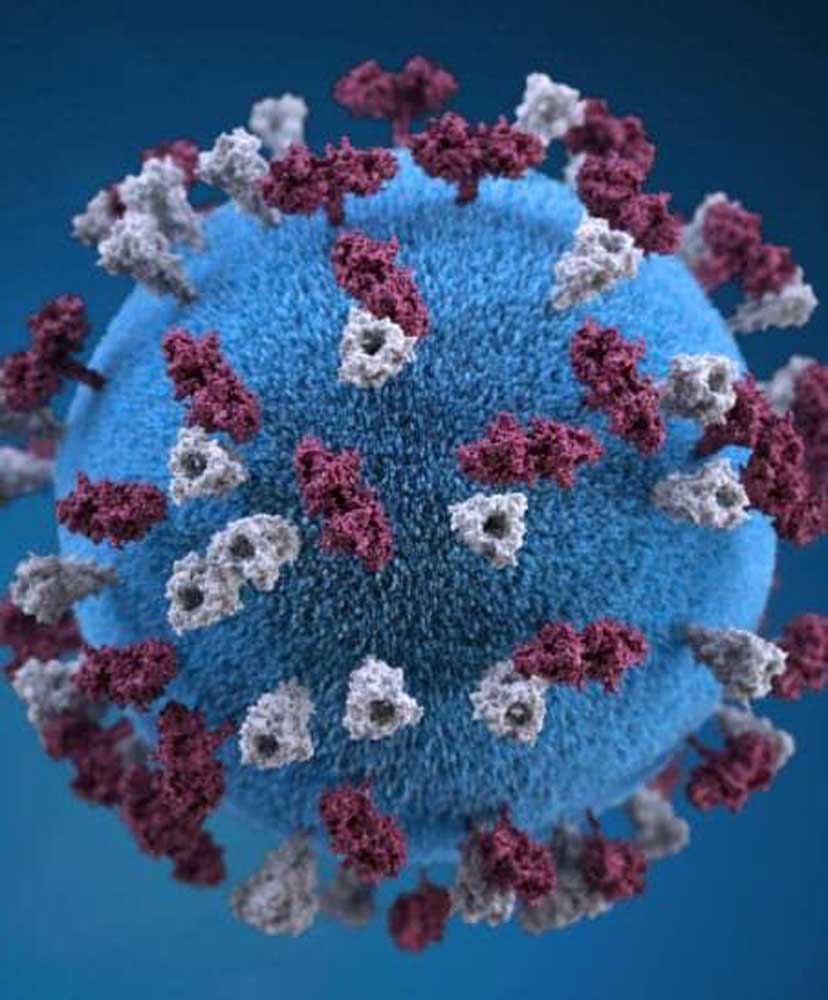Another successful rafting trip in Maupin
Published 7:00 am Friday, September 11, 2020

- Rafters splash through the Oakspring (Class IV) rapids of the Deschutes River in Maupin.
Every now and again, typically in June, a message in the group chat with my sisters pops up with details that there is a Groupon for a weekday rafting trip on the Deschutes River in Maupin.
The rafting trips to Maupin became a regular birthday gift for my mother, who, like her four kids, loves white water rafting. There was more to celebrate this year, however: My parents retired, sold the childhood home and made the move to Bend in August (I know, I know, just more Portlanders moving to Bend).
Last Friday, my mom, two older sisters (Lauren and Allie) and their husbands (Mike and JJ) loaded into the car and headed north on U.S. Highway 97 to Maupin. Sadly, my father and younger sister Emily (on the injured list) could not make the trip and instead had to stay and watch over the five nieces and nephews, who are all 7 or under.
Before 7 a.m., we hit the road, saddened to discover that the trip to Maupin from Bend is only minutes shorter than it would have been from our old home in Portland.
Around 10 a.m. we were on the water getting necessary safety tips such as keeping your legs upright and downstream if you fall out of the boat, or always holding the T-grip handle of the paddle to avoid the possibility of knocking the teeth out of others in the raft.
After a couple of forward and backward paddles to make sure our strokes were all in sync, we were on our way down the Deschutes.
If someone on the raft is still sleepy due to the relatively early start time of the voyage, it’s only a couple of minutes until the first rapid. It served as a quick, brisk wake-up call as the raft drops down this small hole soaking everyone before hitting the bigger rapids quickly approaching.
The first of the Class III rapids to hit is Wapinitia. Approaching rapids is sort of like waiting in line for a roller coaster. Leading up to it, you are excited, but as you slowly move closer to the rising waves, you become anxious. But all that stress is tossed aside as you ride through the rapid, getting splashed with water through the duration .
Next up is Boxcar, another Class III rapid. A rather sad fact about the rapid is that it is named after a train that hit a rockslide, which sent the train into the river. Legend has it that the train was transporting cans of Campbell’s Soup, leaving the river littered with red and white cans. The rapid itself is quite an enjoyable experience with a drop that drenched the raft.
One of the pleasant parts about this 13-mile stretch of the Deschutes is that it is broken up into three distinct parts, with two sections of rapids bookending a rather calm portion of the river. This is a great time to take in the nature scenes of the basalt columns cliffs. At one point, we saw an osprey flying over, showing off the fish it had just caught.
It is also the only place where I try to attempt a backflip, with wildly mixed results. While this year’s attempt was much better than my last, after examining the video footage, my 7-year-old gymnast of a niece humbled me when she bluntly said “that wasn’t really a backflip.” I could not disagree with her.
This is also when the guide tried to “eddy slam” us. That’s where we are riding through a rapid, then sharply turn the raft into the slow-moving water in an attempt to get someone to fall out of the boat. It didn’t work.
But before long, we entered the final stage of the trip, which starts with the biggest rapid of the tour — Oaksprings, a Class IV rapid. There are two options to take with the rapid, and one side is far more wild than the other.
Before our guide could finish his spiel of the dangers of the rapid, my mother interjected and said, “We want to do that one.” No one disagreed. For this rapid we had to paddle hard, steering toward a giant rock before we all had to secure ourselves in the boat so we didn’t fall and meet the rocks called “diaper wiper” and “cheese grater” beneath the water’s surface.
We hit the rapid perfectly, got doused with water and made it out without anyone going overboard. The photos taken of the rapid show how far of a drop the boat takes and how high the rapid shoots it up.
Toward the end of the trip, the water completely changed. Where the White River — which looked like chocolate milk — meets the Deschutes, the water turns a minty green, which was cool to see.
For one of the final rapids, you get the choice to swim through, and we took advantage . It is a totally different experience than riding through, and you can see just how big and powerful these rapids, even the small ones, are. Did one of my sisters not take the right angle swimming to shore after the rapid and needed our guide to throw her a bagged rope? Yes.
And just like that, another successful rafting trip on the Deschutes was in the books. While it’s a trip we have all taken multiple times, the consensus was that it was one of the best times down the river.








